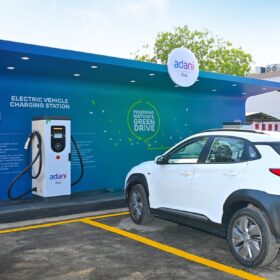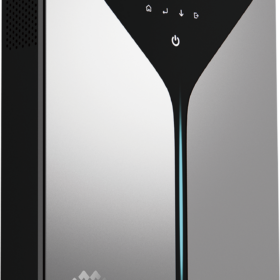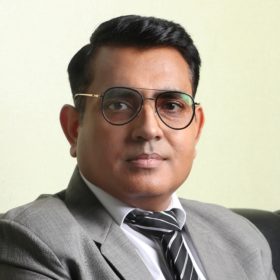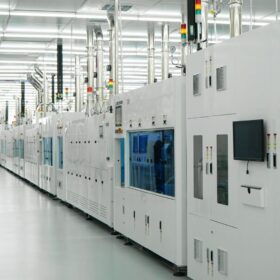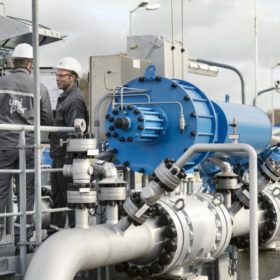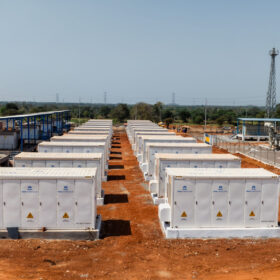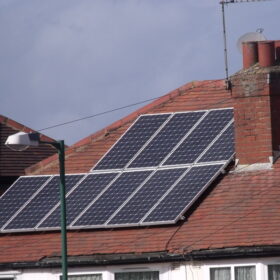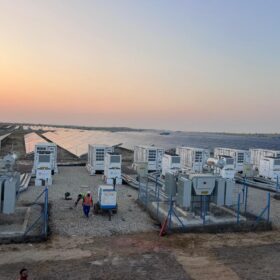Adani TotalEnergies E-Mobility, Evera Cabs partner to develop charging hubs
The two partners will initially set up a large-sized super hub in Samalkha, New Delhi, with 200 EV charging points. It will have a combination of AC and DC chargers and will support Evera consumers as well as other cab aggregators and individual EV owners.
Exide seeks land for additional 6 GWh lithium battery cell capacity
Exide Energy Solutions, which is building a 6 GWh lithium-ion cell manufacturing facility in Karnataka, has sought additional 40 acres of land for expansion to 12 GWh in the state.
Driving renewable energy adoption: Challenges and opportunities
India’s robust economic growth translates to rising demand for energy. This demand provides a substantial market for renewable energy investments, encouraging firms to venture into this sector. However, as the nation marches ahead in RE adoption, it needs to overcome challenges like high capital costs and inadequate grid infrastructure.
NTPC starts trial run of hydrogen bus in Leh
The first-of-its-kind green hydrogen mobility project at 11,562 feet will harness green hydrogen using renewable power from a co-located, dedicated solar plant of 1.7 MW.
Solar-powered islands? The story of Diu and T’au
The solar-powered islands of Diu and T’au have set an example for other such land masses to meet their power requirements through green energy.
Combining PV with pumped hydro storage in open-cast coal mines
Indian scientists have suggested building pumped-hydro storage systems connected to solar plants using mines as the lower reservoir and nearby rivers as the upper reservoir. They claim that the proposed combination may reach a levelized cost of energy of $0.2693/kWh.
Biwatt unveils new residential sodium-ion batteries
Biwatt Power, a Chinese manufacturer, has developed new residential sodium-ion batteries with an efficiency rate of 97% and a projected lifespan of more than 3,000 cycles.
Servotech to set up EV charger manufacturing plant in Uttar Pradesh
Servotech Power Systems will invest around INR 300 crore ($36.2 million) to set up an electric vehicle (EV) charger manufacturing facility with backward integration in the state.
Vena launches plan to support solar, storage ‘megaproject’ in Indonesia
Singapore-based developer Vena Energy says it will investigate opportunities to make solar panel components and battery energy storage systems in Indonesia, in order to support a hybrid megaproject with up to 2 GW of solar and more than 8 GWh of energy storage.
India needs 60-100 GW of electrolysis capacity to meet 5 MMT per year green hydrogen target
India’s National Green Hydrogen Mission targets the development of 5 million metric tonnes of green hydrogen production capacity per annum by 2030, which would require the nation to install 60-100 GW of electrolyzer capacity.
